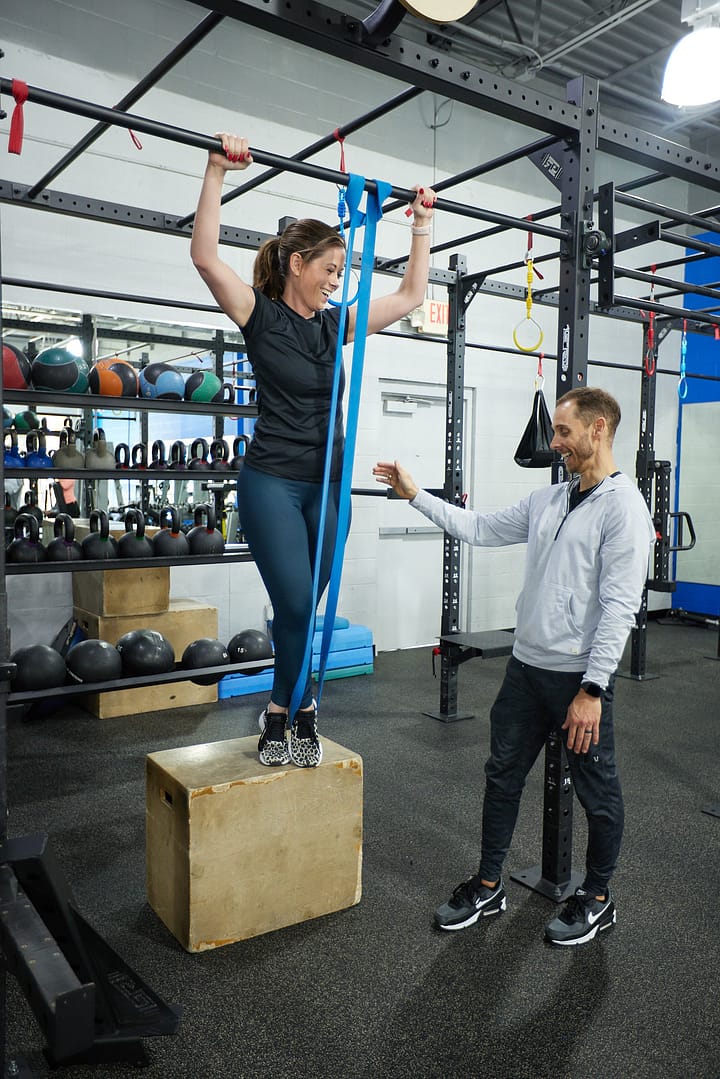Success in fitness, like any other endeavor, requires a well-thought-out plan. This isn’t just about hitting the gym randomly or trying every new workout trend. It’s about understanding and implementing the five crucial components of fitness: muscular strength, muscular endurance, cardiorespiratory endurance, flexibility, and body composition. Let’s dive into how each element plays a vital role in your fitness journey and how you can integrate them effectively into your workout regimen.
Muscular Strength: Building Your Power Base
- Understanding Muscular Strength: This refers to the maximum amount of force your muscles can exert in a single effort. It’s not just for bodybuilders or athletes; it’s essential for daily activities like lifting groceries or pushing a heavy door.
- Training for Strength: Incorporate weight lifting or bodyweight exercises like squats, deadlifts, and push-ups. Aim for lower repetitions with heavier weights. This doesn’t mean lifting beyond your capacity but challenging your muscles enough to grow stronger.
- Benefits: Improved bone density, enhanced metabolism, and better functional fitness for daily tasks.
Muscular Endurance: Going the Distance
- Understanding Muscular Endurance: This is about how long your muscles can perform a task without getting tired. Think of it as the stamina your muscles have.
- Training for Endurance: Focus on exercises with higher repetitions at a lower weight. Activities like cycling, running, or swimming at a steady pace also help build endurance.
- Benefits: Increased stamina, reduced fatigue, and enhanced overall health.
Cardiorespiratory Endurance: Fueling Your Heart and Lungs
- Understanding Cardiorespiratory Endurance: This component is about how efficiently your heart and lungs work together to supply oxygen during prolonged physical activity.
- Training for Endurance: Activities like brisk walking, running, swimming, or cycling are excellent. The key is to maintain these activities for extended periods to challenge your heart and lungs.
- Benefits: Improved heart health, lower risk of heart disease, enhanced lung capacity, and better stress management.
Flexibility: The Art of Bending without Breaking
- Understanding Flexibility: Flexibility is about the range of motion available in your joints. It’s vital for preventing injuries and maintaining a balanced musculoskeletal system.
- Training for Flexibility: Regular stretching, yoga, or pilates can significantly improve your flexibility. It’s important to stretch all major muscle groups to maintain balance.
- Benefits: Reduced risk of injuries, improved posture, and decreased muscle soreness.
Body Composition: More Than Just Numbers on a Scale
- Understanding Body Composition: This isn’t just about weight loss. It’s about the ratio of fat to lean mass in your body.
- Training for Better Body Composition: A combination of strength training, cardio, and a balanced diet is key. Monitoring your progress shouldn’t just be about checking the scale but also considering how you feel and how your clothes fit.
- Benefits: Improved health markers, better metabolism, and enhanced self-esteem.
Creating a balanced workout plan that incorporates all these components might seem daunting. However, remember that fitness is a personal journey, and what works for one might not work for another. The key is to start small, stay consistent, and gradually increase the intensity and variety in your workouts.

Not sure how to incorporate these five components into your fitness routine?
Feel free to reach out to us at membership@cincofit.com. Our experienced personal trainers at CINCOfit can help you develop a balanced strength and conditioning program tailored to your unique needs and goals.

Recent Comments